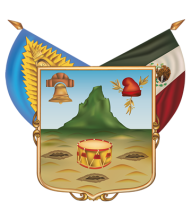
Parte de
Lugares relacionados
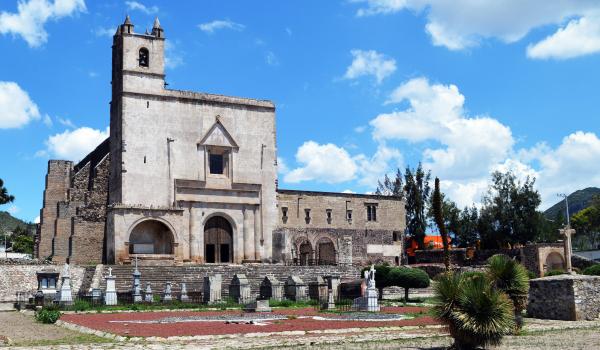
Founded in 1540 by Augustinian friars, this monastery preserves extraordinary polychrome murals and examples of Romanesque, Mudéjar and Plateresque styles can be identified on its walls with many indigenous additions. The three Panels of Epazoyucan with scenes from the life of Jesus, are the highlight.
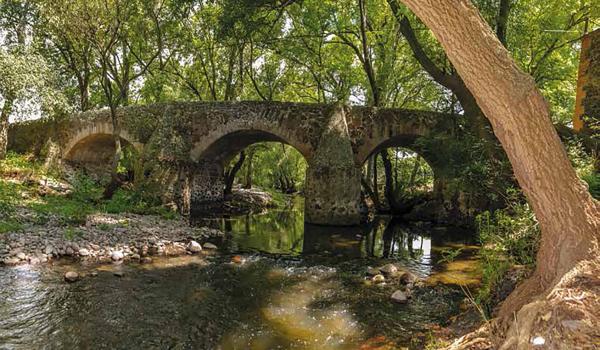
The stretch between the Puente de La Colmena and the Ex Hacienda de la Cañada connected the towns of Tepeji del Río and Jilotepec and still retains both the original route layout and the cobblestone pavement made of round stones. This 3.5 km long route is flanked by small stone walls and large pirules (a type of tree).
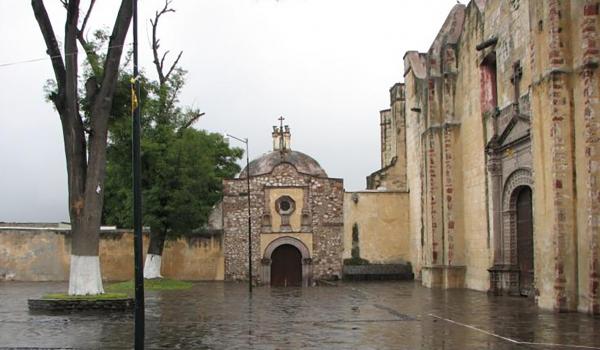
During the colonial era, the current territory of the state of Hidalgo was of great importance due to its missionary activity. Several churches and convents were founded in what was called the Province of the Holy Gospel, which were under the jurisdiction of the Archdiocese of Mexico. The extensive missionary activity began in the pre-Hispanic center of Tula, led by the Franciscans, the first order to arrive in the province. Additionally, the first significant mines near Mexico City were discovered in the state of Hidalgo.
The venerable seventeenth-century former monastery of San Francisco in Pachuca houses an extremely rich collection of images from the nineteenth century onwards, featuring historical events, daily life, landscapes and visual essays. There are important collections of Tina Modotti, Nacho López, Guillermo Kahlo, and not least the collection amassed by Agustín Víctor Casasola.
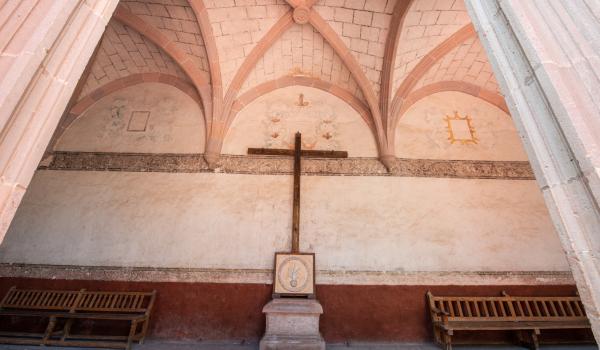
An important Augustinian monastery preserving valuable murals and examples of religious art from the sixteenth to nineteenth centuries. The ethnographic gallery shows the everyday life and crafts of the Otomi people of the valley of Mezquital.
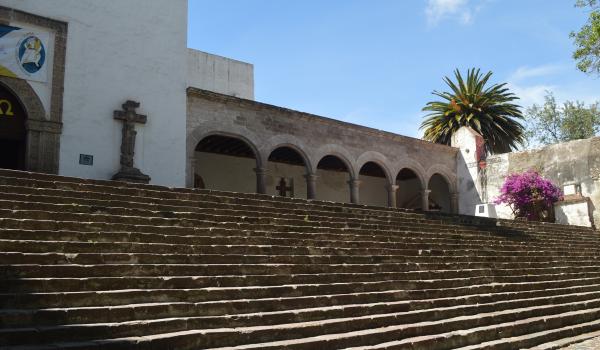
The museum is housed in the Franciscan convent founded in 1528. The great scholar of Nahuatl, Fray Bernardino de Sahagún lived and worked here. The museum displays material on his life and work, on pre-Hispanic society from the earliest times and a collection of religious art of New Spain.

